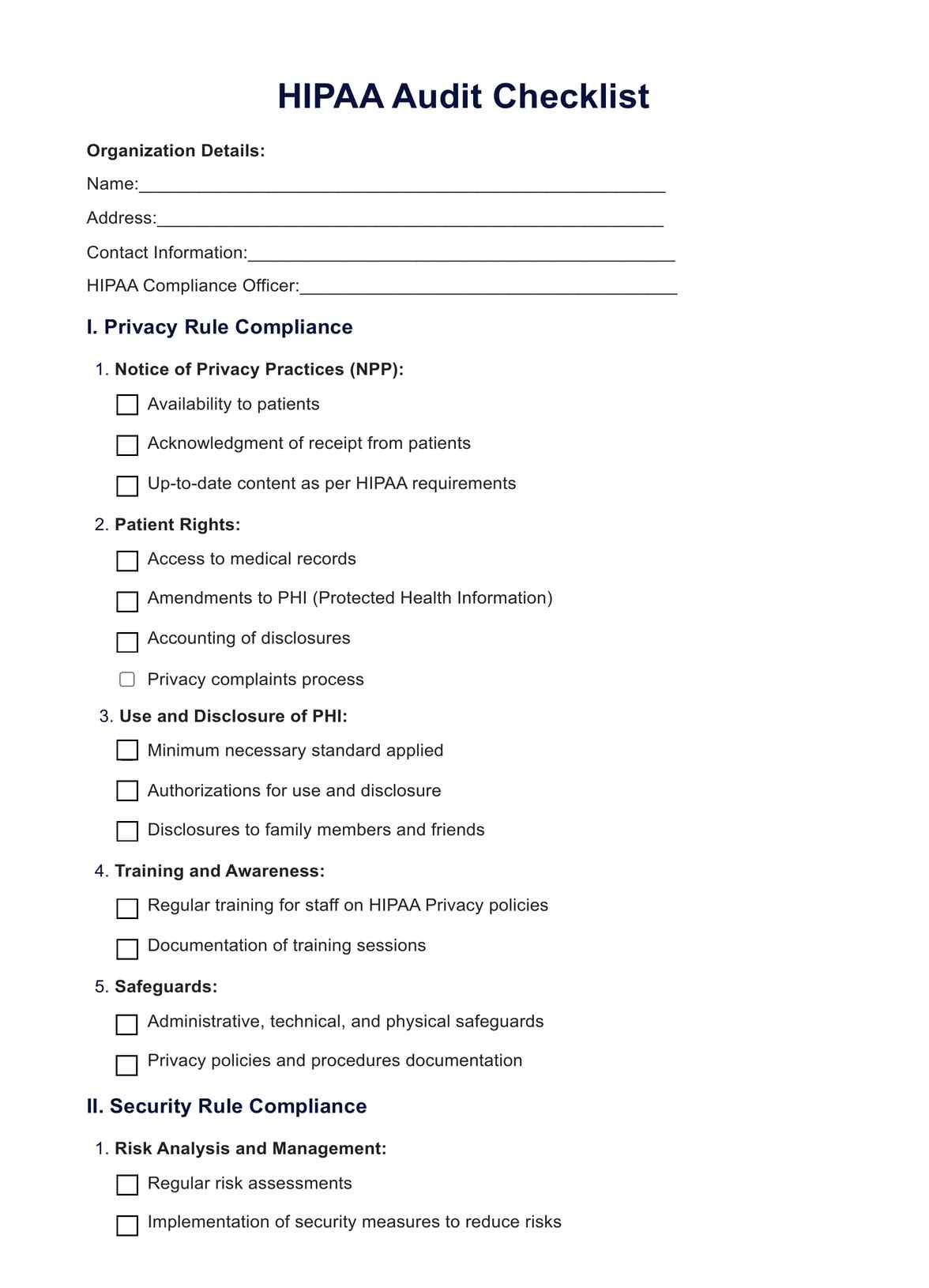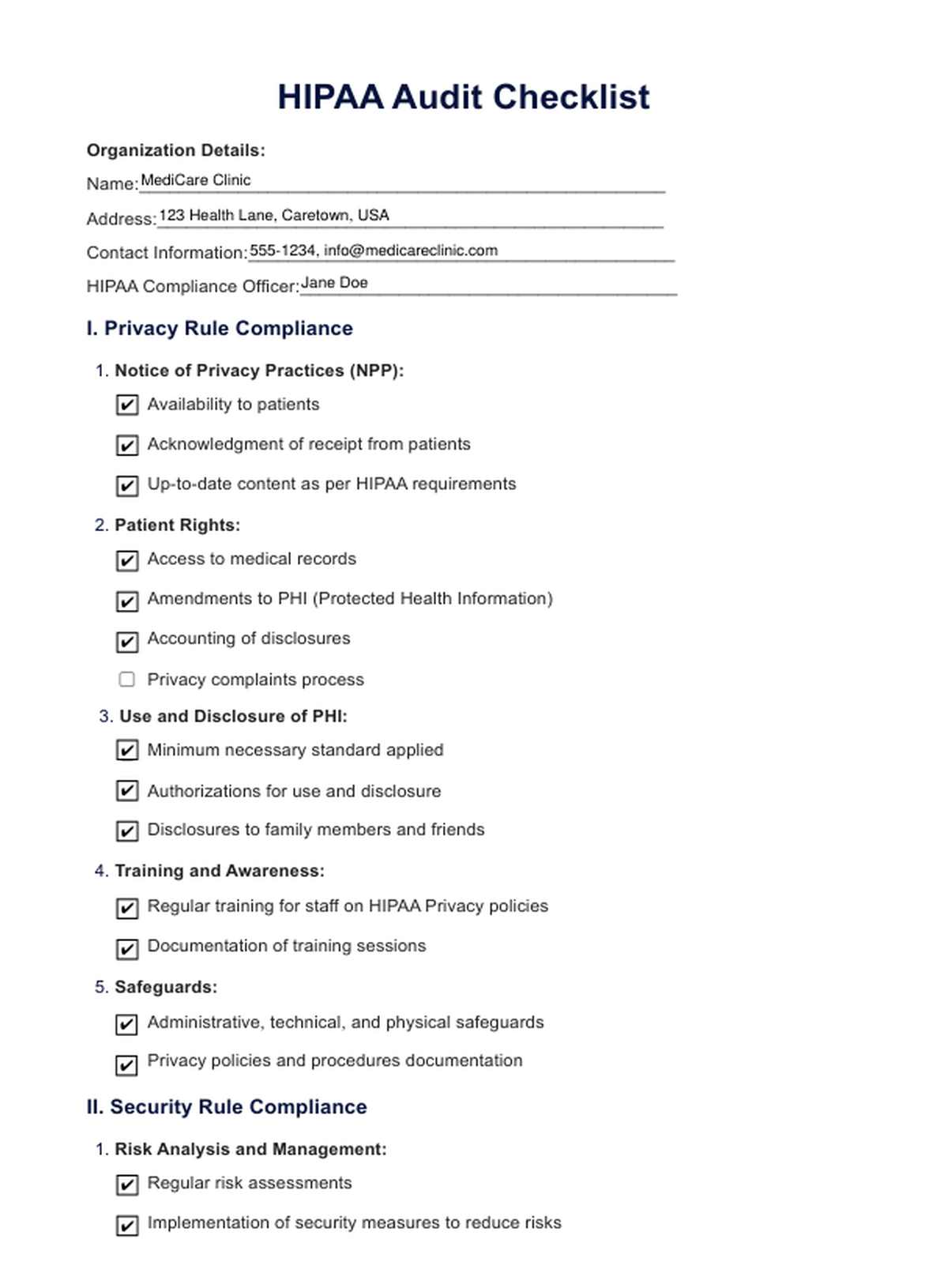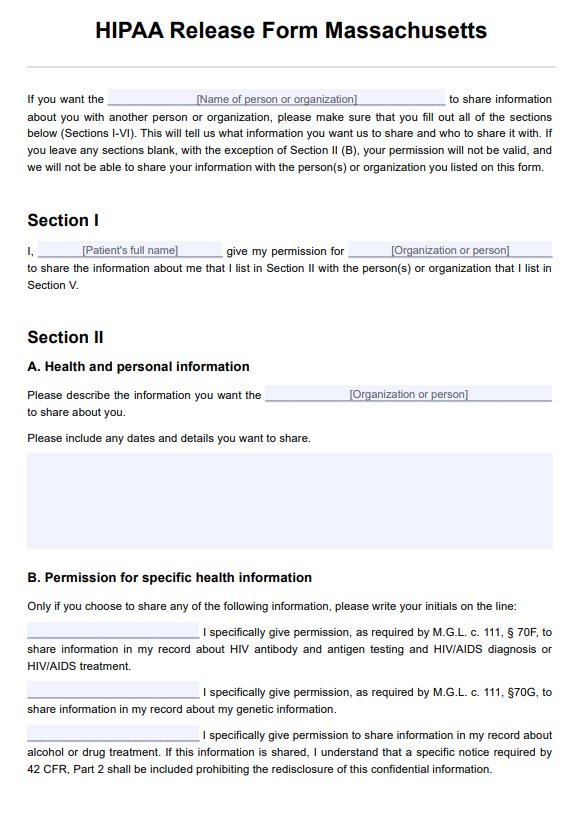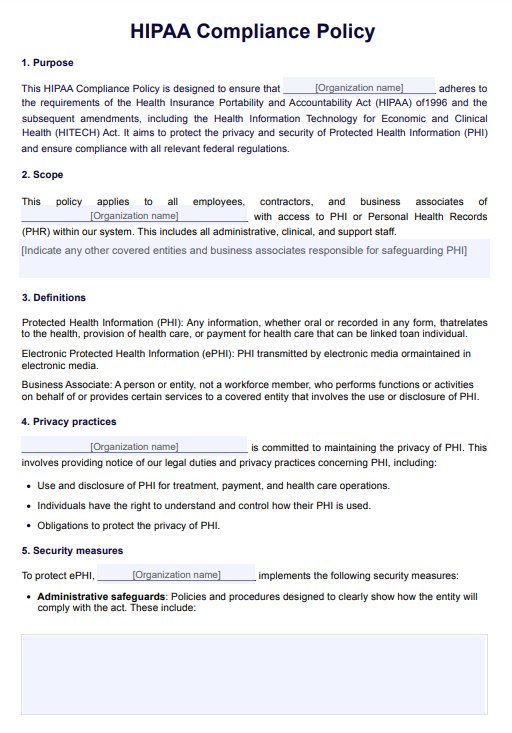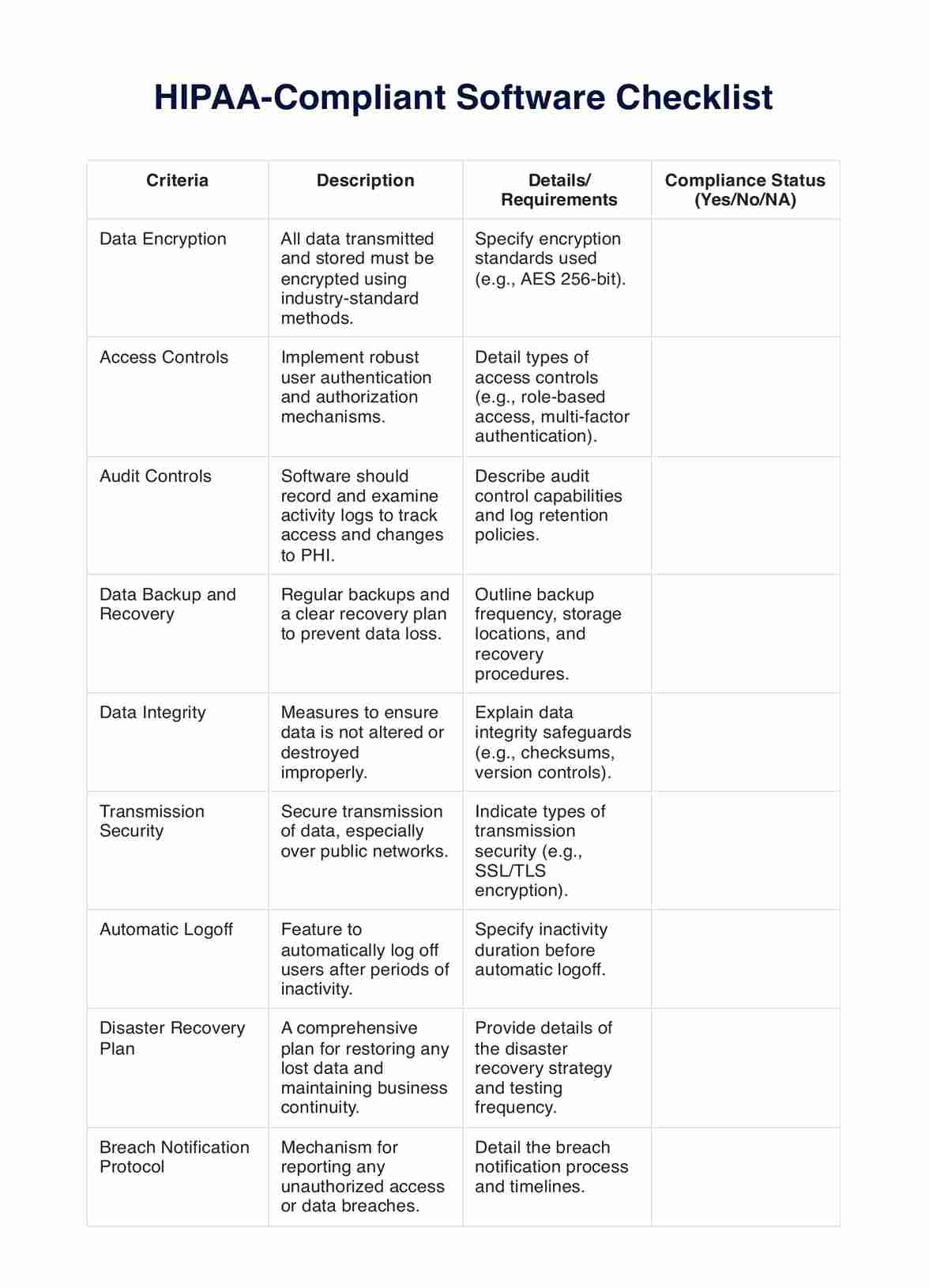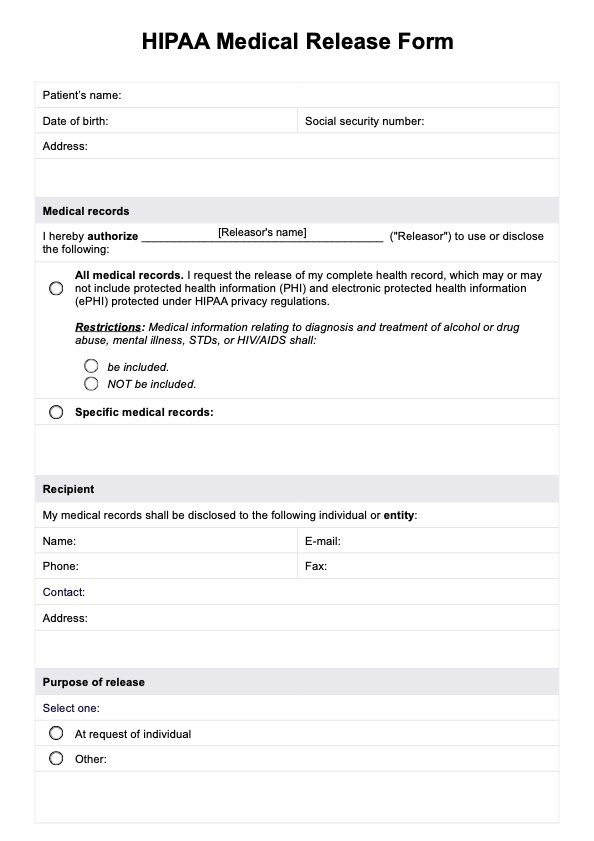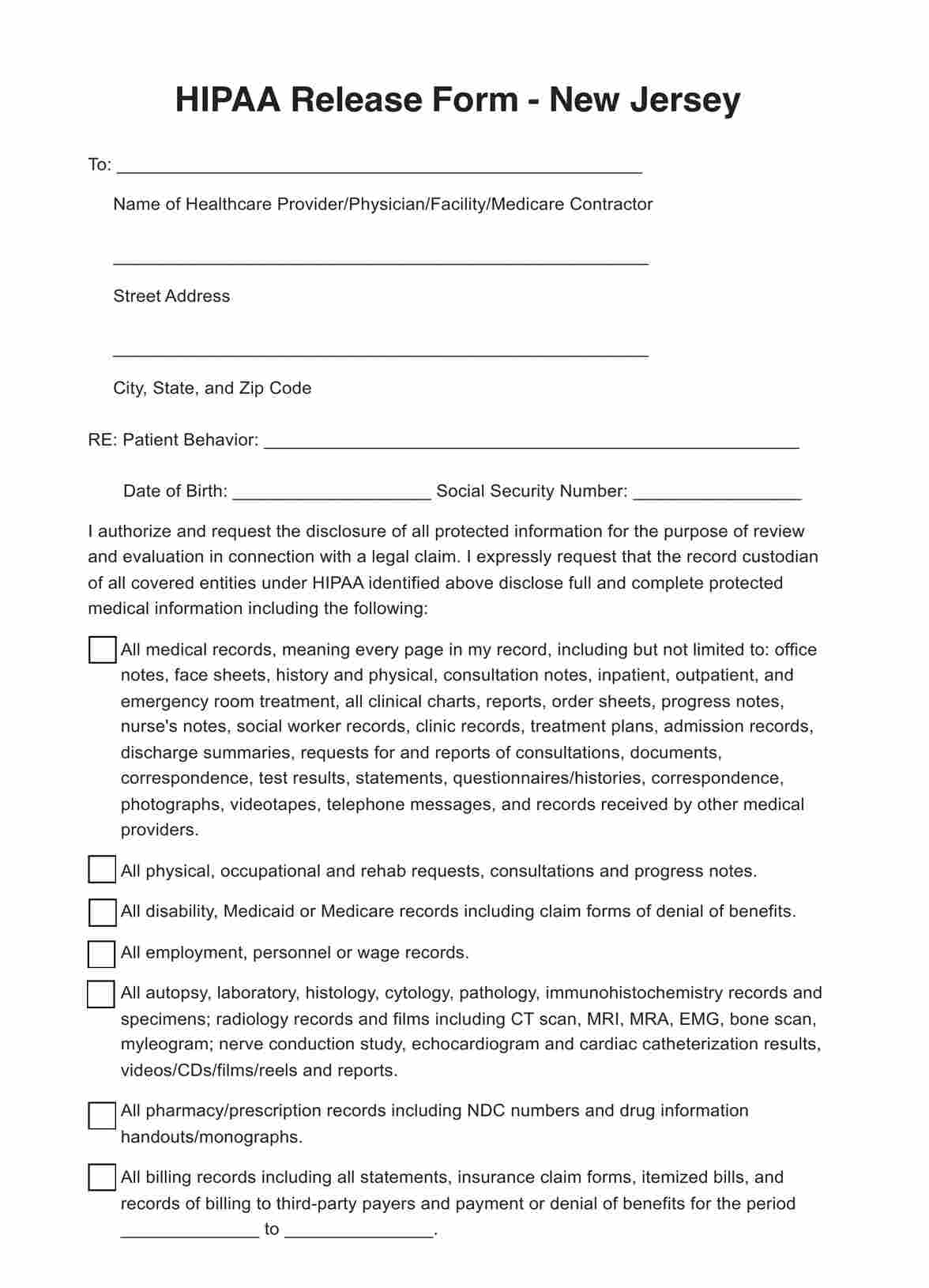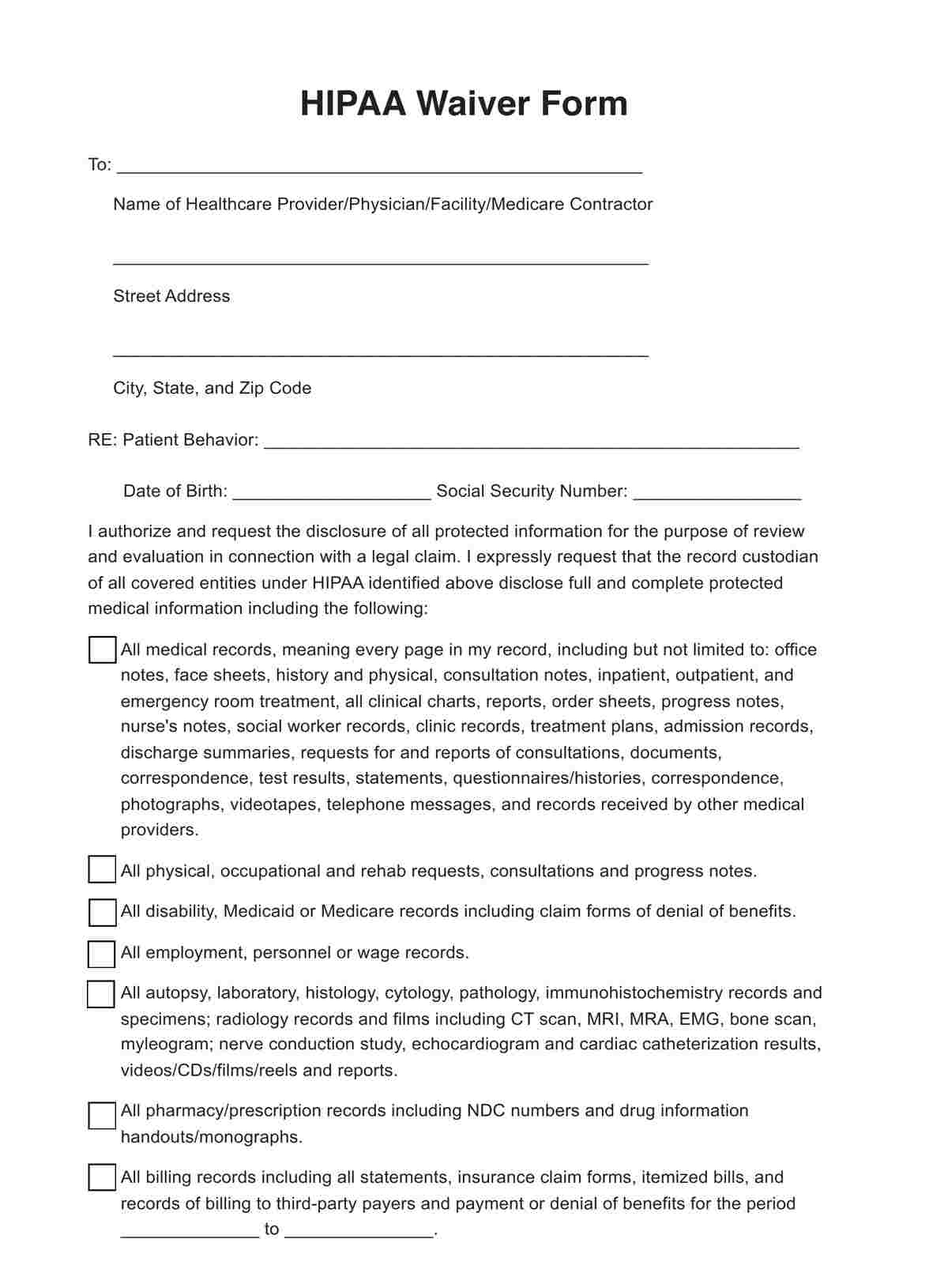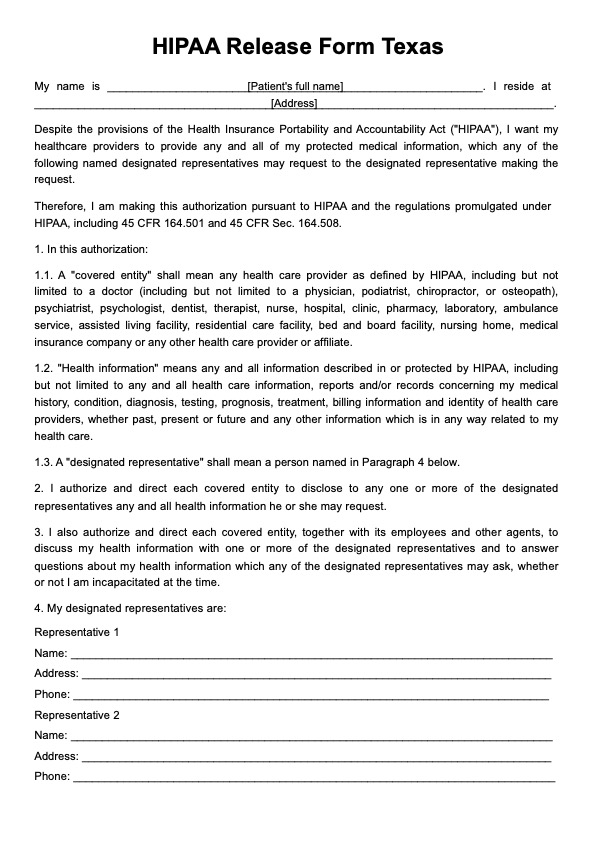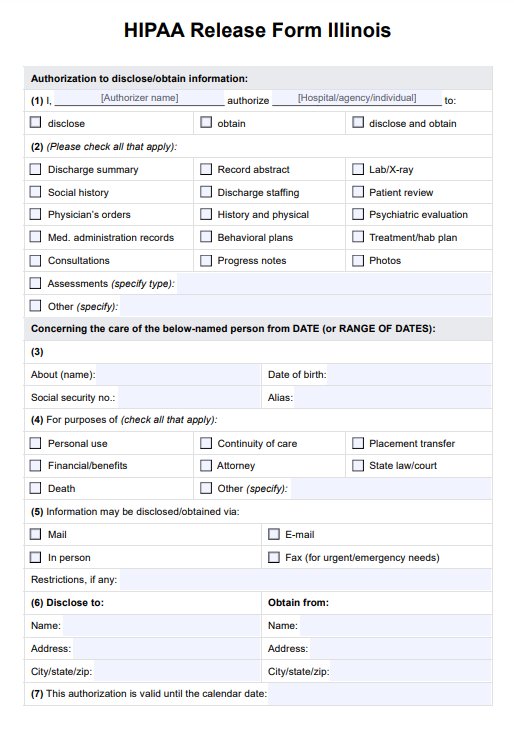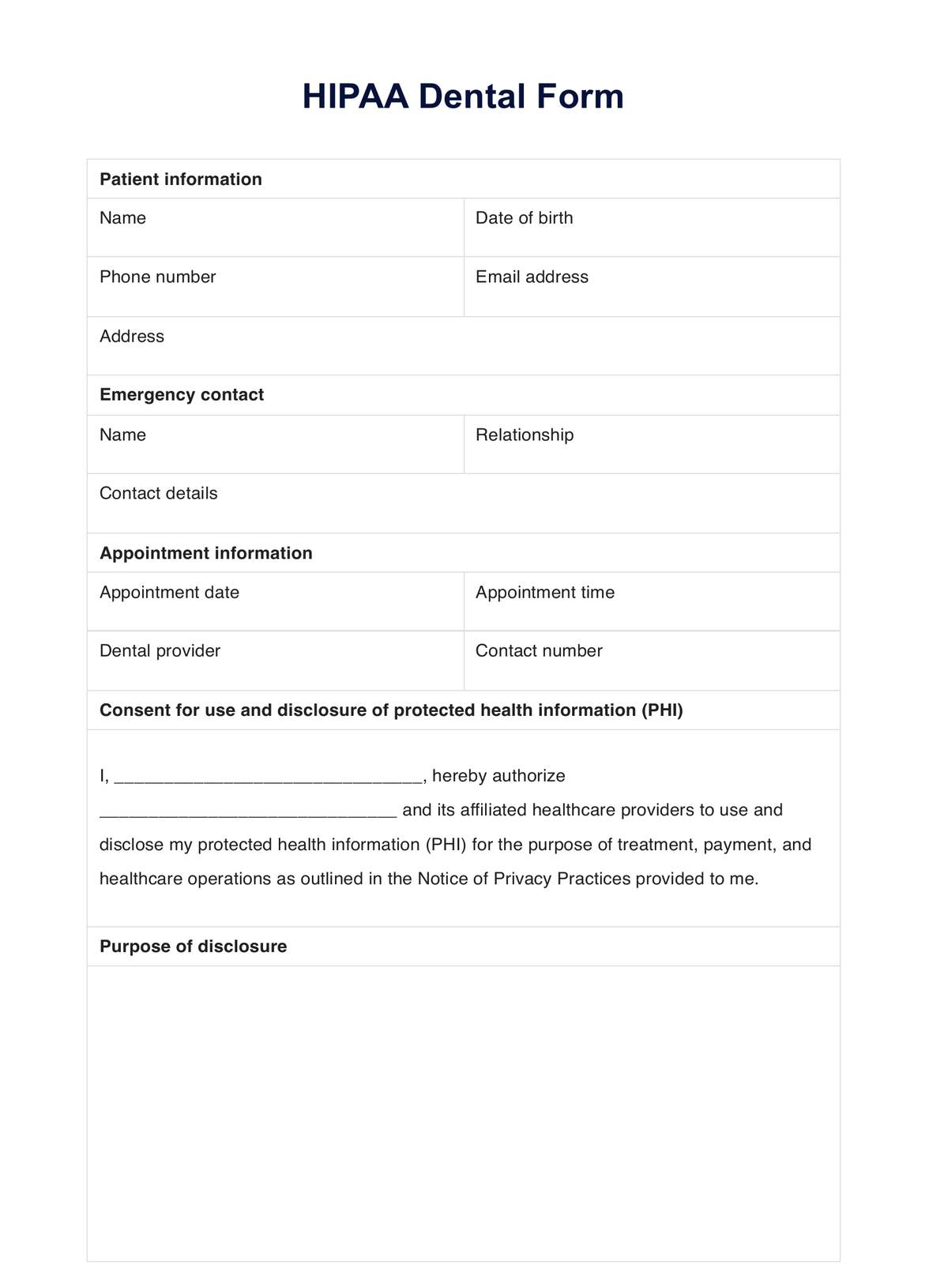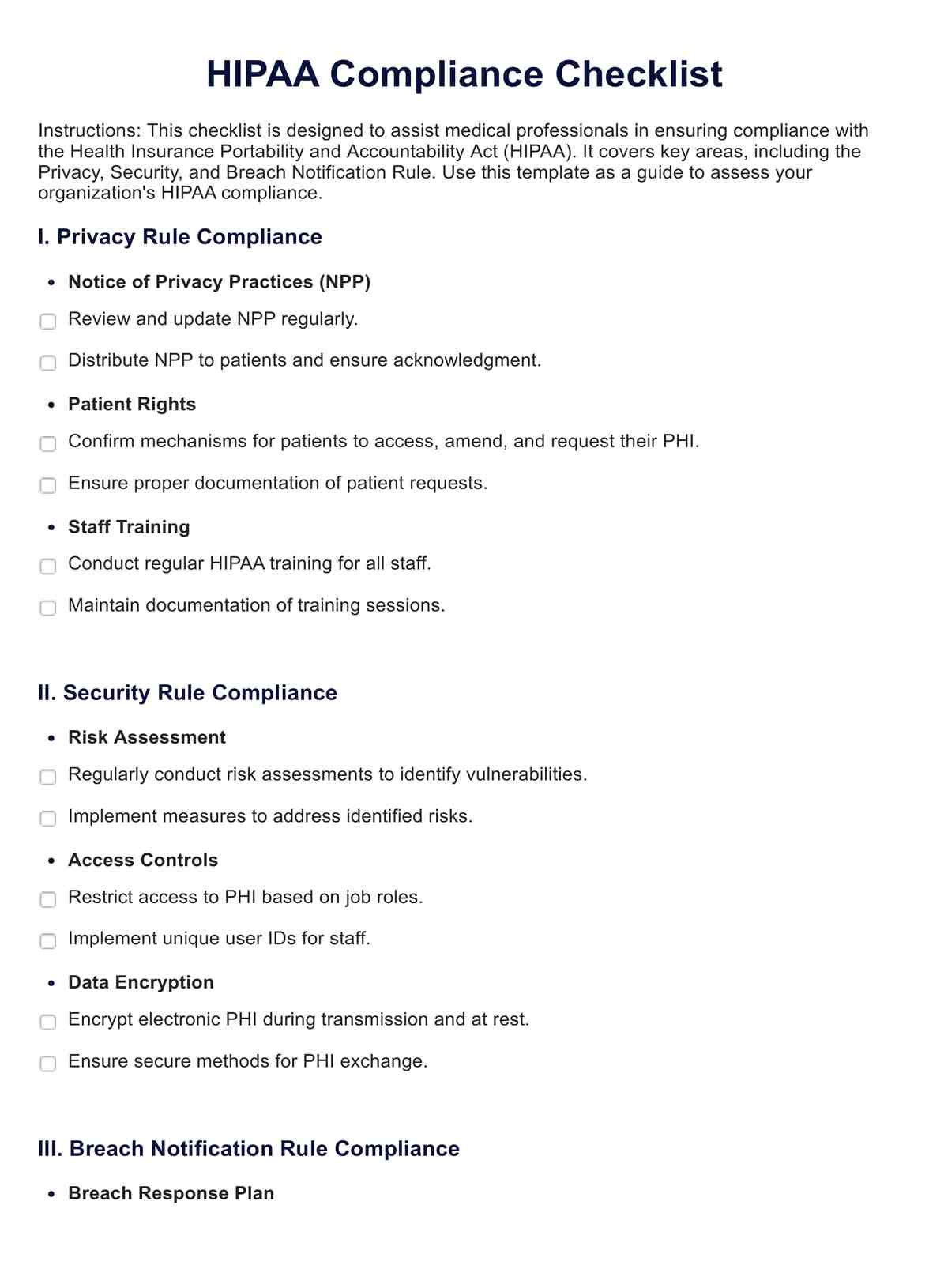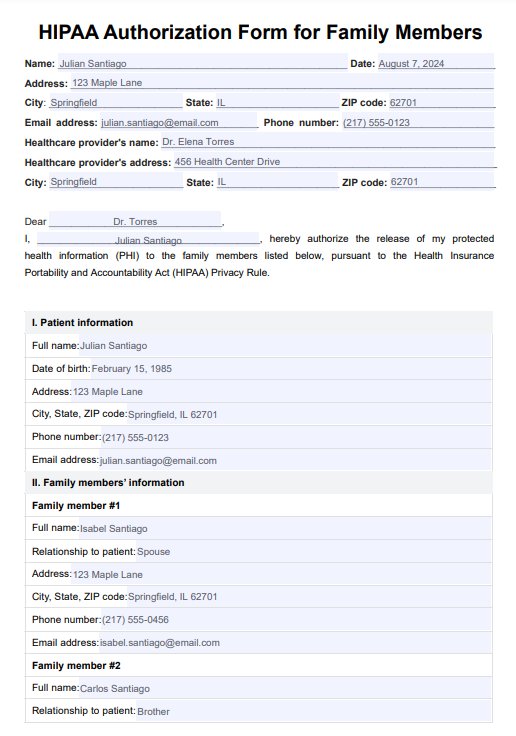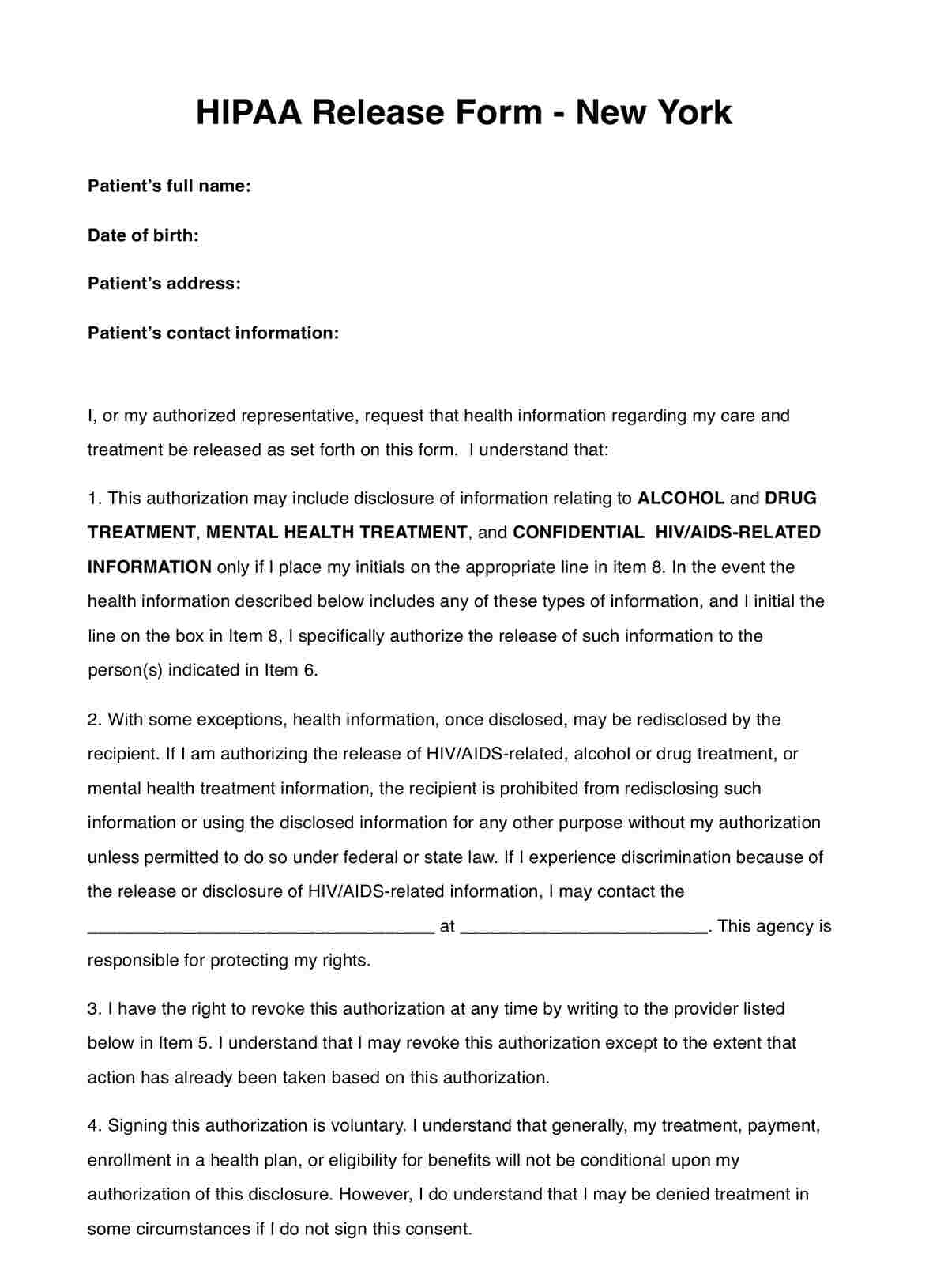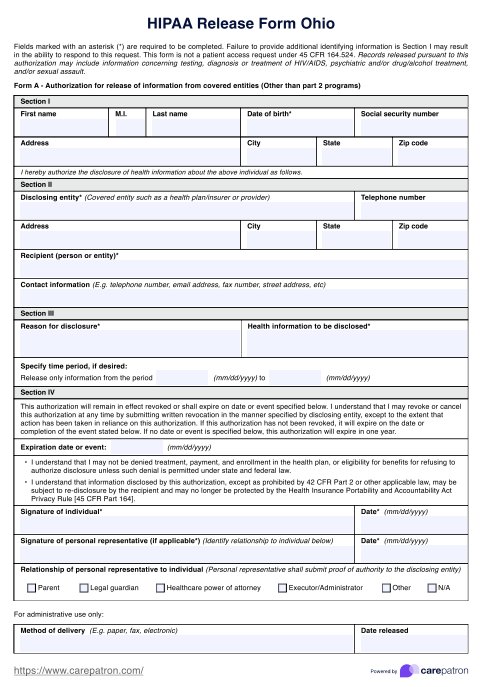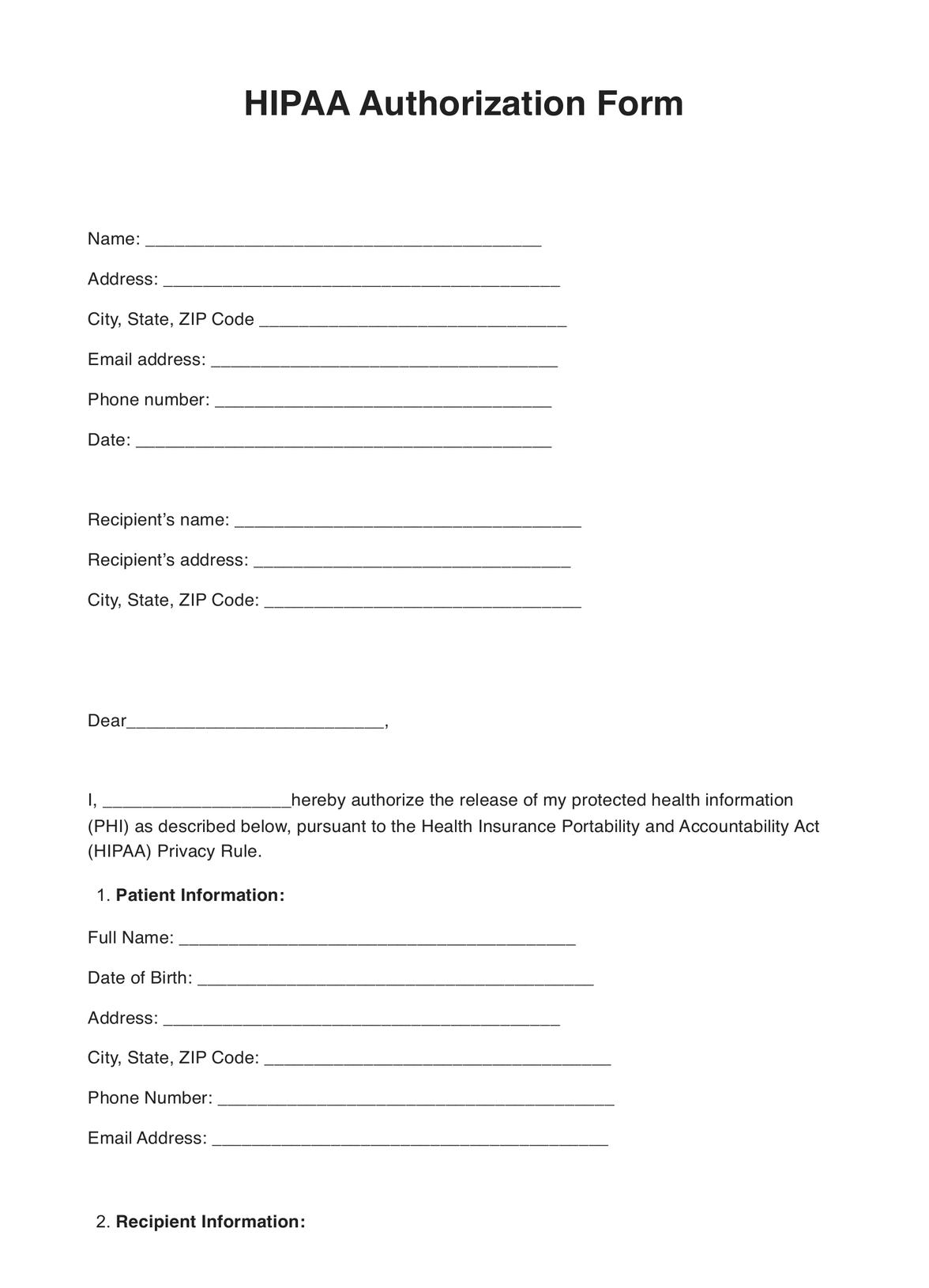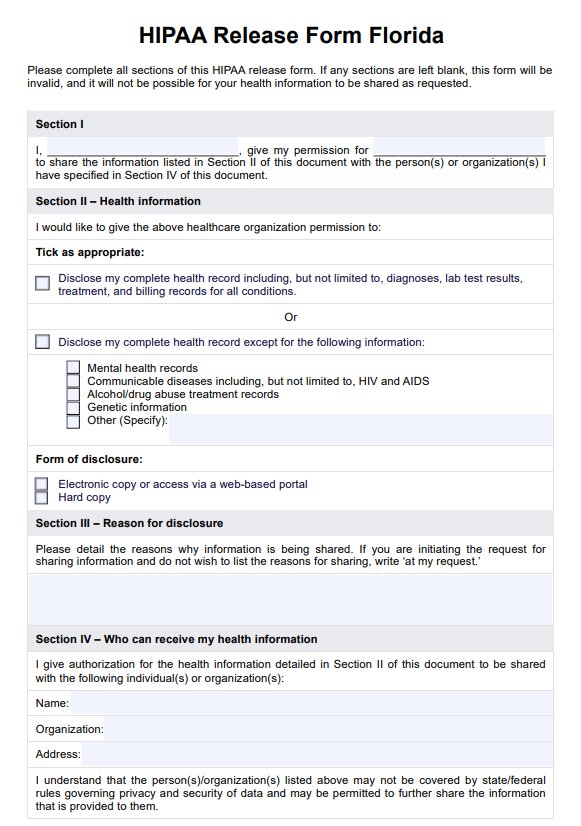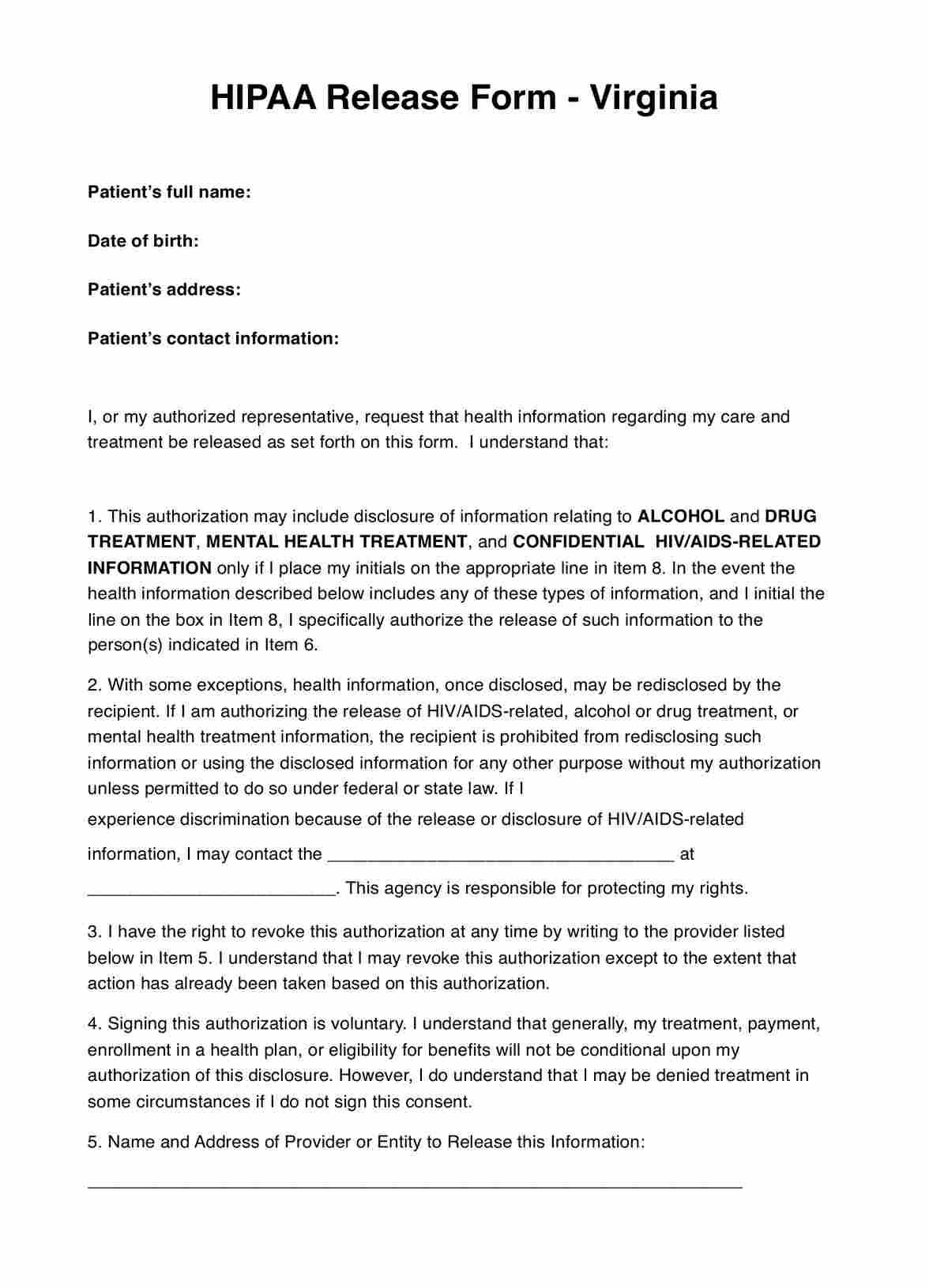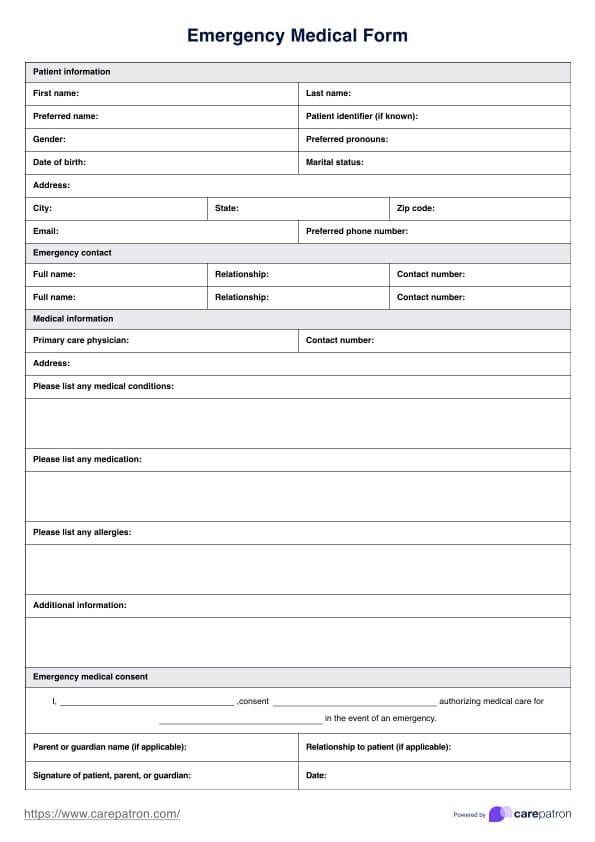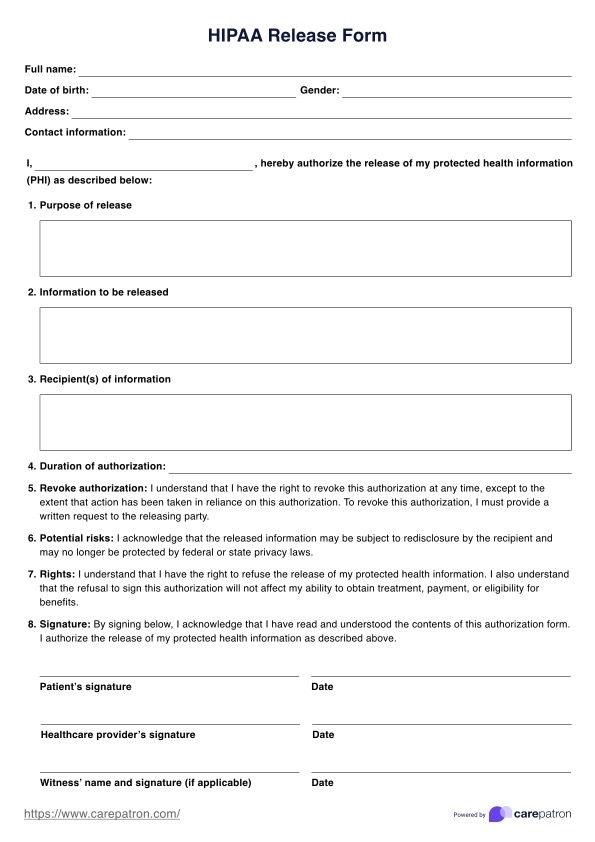HIPAA Audit
Download our comprehensive HIPAA Audit Checklist for a streamlined approach to ensuring your healthcare organization's full compliance with HIPAA standards.


What is a HIPAA Audit Checklist?
A HIPAA Audit Checklist is essential for healthcare organizations to fully comply with the Health Insurance Portability and Accountability Act (HIPAA). This detailed checklist is designed to cover all the critical aspects of HIPAA regulations, which include maintaining patient privacy, ensuring the security of health information, and adhering to breach notification protocols.
The checklist is a comprehensive guide for healthcare providers, business associates, and other entities covered under HIPAA. It helps these organizations conduct thorough self-assessments of their practices and policies concerning HIPAA standards. Key areas covered in the checklist include:
- Ensuring patient rights are protected.
- Implementing strong administrative safeguards.
- Maintaining physical and technical security measures.
- Establishing effective risk management processes.
Moreover, the HIPAA Audit Checklist is a dynamic tool, regularly updated to reflect changes in regulations and technological advancements. It includes a range of items such as properly handling Protected Health Information (PHI), compliance with the Minimum Necessary Standard, employee training on HIPAA policies, and managing potential data breaches.
Our HIPAA Audit Checklist allows healthcare organizations to methodically track their compliance status, identify any areas needing improvement, and take proactive steps to address these issues. This helps mitigate potential risks associated with non-compliance and fosters a culture of privacy and security within the organization, ultimately contributing to patients' enhanced trust and confidence in their healthcare providers.
HIPAA Audit Template
HIPAA Audit Example
How does It Work?
The HIPAA Audit Checklist is structured to evaluate and enhance compliance with HIPAA regulations within healthcare organizations. Here's a breakdown of how it typically works:
Step 1: Understanding HIPAA Requirements
The first step involves gaining a comprehensive understanding of HIPAA regulations. This includes familiarizing oneself with the Privacy, Security, and Breach Notification Rules, which are integral components of HIPAA. Understanding these rules is crucial for assessing how they apply to your organization's operations.
Step 2: Completing the Checklist
Next, systematically review each item on the HIPAA Audit Checklist. This step involves thoroughly assessing your organization's current practices against HIPAA standards. The checklist covers various aspects, from patient rights and data protection measures to employee training and breach response protocols.
Step 3: Identifying Gaps
As you work through the checklist, identify areas where your organization falls short of HIPAA requirements. This could include inadequate security measures, insufficient employee training, or lack of proper patient consent forms. Recognizing these gaps is essential for compliance and risk management.
Step 4: Implementing Changes
Based on the gaps identified, develop a comprehensive plan to bring your practices into full compliance with HIPAA standards. This may involve updating policies, enhancing security measures, conducting additional staff training, or making other necessary changes.
Step 5: Regular Review
HIPAA regulations and healthcare practices are constantly evolving. Therefore, it's important to revisit and update the HIPAA Audit Checklist regularly. This ensures that your organization remains compliant with any new changes in the law and adapts to emerging challenges in healthcare data security and privacy.
Our printable HIPAA Audit Checklist can significantly streamline this process, providing a clear and organized framework for ongoing compliance evaluation and improvement.
When Would You Use This Checklist?
The HIPAA Audit Checklist is essential for various scenarios within healthcare organizations. Its primary purpose is to ensure adherence to the stringent standards set by the Health Insurance Portability and Accountability Act (HIPAA). The checklist is handy in the following situations:
- Internal Audits: Healthcare organizations regularly conduct internal audits to assess their compliance with HIPAA regulations. The HIPAA Audit Checklist serves as a guide to thoroughly review all aspects of HIPAA compliance, including privacy, security, and breach notification protocols.
- Preparation for External Audits: The checklist is invaluable when preparing for external audits, such as those conducted by the Department of Health and Human Services (HHS) or other regulatory bodies. It helps organizations meet all regulatory requirements, reducing the risk of non-compliance penalties.
- Policy Updates and Implementation: The healthcare landscape is constantly evolving, and HIPAA regulations may change with it. The checklist is crucial when updating security and privacy policies to reflect these changes, ensuring that all aspects of patient data protection are covered.
- Training and Education: The checklist is also a key educational resource for training new staff and refreshing the knowledge of existing employees about HIPAA compliance. It helps in creating a culture of compliance within the organization.
- Risk Management: Regularly using the HIPAA Audit Checklist helps identify and mitigate risks related to handling protected health information (PHI). It guides healthcare entities in implementing effective safeguards to protect patient data.
- Post-Breach Analysis: In the unfortunate event of a data breach, the checklist can be used to assess what went wrong and to ensure that all HIPAA compliance measures are in place and functioning correctly.
The HIPAA Audit Checklist is vital for healthcare organizations, compliance officers, IT professionals, and administrative staff. It is instrumental in maintaining ongoing compliance, preparing for audits, managing risks, and ensuring the highest standards of patient data protection.
What Do the Results Mean?
The outcomes derived from a HIPAA Audit Checklist are pivotal in determining an organization's alignment with HIPAA regulations. These results can be broadly categorized and interpreted as follows:
- Full Compliance: This indicates that the organization adheres strictly to HIPAA regulations. It reflects robust privacy and security measures for protecting patient health information (PHI). Full compliance indicates a well-established, effective compliance program, suggesting that the organization prioritizes patient privacy and data security.
- Partial Compliance: While certain aspects of HIPAA regulations are being met in this scenario, some areas require improvement. Partial compliance often highlights specific domains that need enhancement, such as documentation, training, or security measures. This result serves as a call to action for the organization to address these gaps promptly.
- Non-Compliance: This outcome reveals significant shortcomings in adhering to HIPAA standards. Non-compliance can expose an organization to various risks, including legal actions, financial penalties, and reputational damage. It necessitates immediate corrective measures and a thorough review of the organization's policies and procedures related to PHI.
- Areas for Improvement: Even in cases of high compliance, the checklist may identify areas for potential enhancement. This could involve updating policies to reflect new regulations, improving training programs, or enhancing security protocols.
- Risk Identification: The checklist can also help identify potential risks or vulnerabilities in handling and protecting PHI. This proactive identification allows organizations to implement preventive measures before any breach occurs.
- Basis for Training and Policy Development: The results can serve as a foundation for developing targeted training programs and updating policies. They provide concrete data on which aspects of HIPAA compliance need more focus, ensuring that training and policy initiatives are well-directed.
The results from our Free HIPAA Audit Checklist are not just a measure of compliance but a valuable tool for continuous improvement. They provide healthcare organizations with a clear picture of their HIPAA compliance status, highlighting successes and pinpointing areas needing attention. This, in turn, helps maintain the integrity of patient data and uphold the trust placed in healthcare providers.
Research & Evidence
The HIPAA Audit Checklist is a critical tool grounded in the U.S. Department of Health and Human Services (HHS) established regulatory framework. The evolving landscape of healthcare regulations and technological advancements influence its development and continual refinement.
The Health Insurance Portability and Accountability Act (HIPAA) was enacted in 1996 to protect patient health information and ensure privacy (U.S. Department of Health and Human Services, n.d.). Over the years, HIPAA has undergone several modifications to adapt to the changing healthcare environment, particularly in response to the digitalization of health records.
Studies have shown that organizations employing systematic approaches like the HIPAA Audit Checklist have a higher compliance rate with HIPAA regulations (Journal of Healthcare Compliance, 2020). These tools enable organizations to methodically assess and address compliance issues, reducing the likelihood of breaches and non-compliance penalties.
Research indicates that checklists in preparation for audits significantly enhance an organization's readiness and compliance posture (Healthcare IT News, 2019). By providing a structured framework for review, these checklists ensure that all critical aspects of HIPAA are covered.
With the increasing use of electronic health records (EHRs) and telemedicine, the HIPAA Audit Checklist has evolved to include electronic data security and breach notification protocols (American Journal of Managed Care, 2018). This evolution reflects the checklist's responsiveness to technological changes in healthcare.
A study by the American Health Information Management Association (AHIMA) revealed that organizations utilizing comprehensive audit checklists experienced fewer HIPAA violations and were better equipped to handle audits (AHIMA, 2021).
The HIPAA Audit Checklist is a dynamic and evidence-based tool reflecting ongoing efforts to maintain patient privacy and data security in the healthcare sector. Its effectiveness is supported by research and its adaptability to regulatory and technological changes, making it an indispensable resource for healthcare organizations.
References
American Health Information Management Association (AHIMA). (2021). Using Audit Checklists to Improve Compliance.
American Journal of Managed Care. (2018). The Evolving Role of HIPAA in the Age of Digital Health.
Healthcare IT News. (2019). Preparing for a HIPAA Audit: A Guide for Healthcare Providers.
Journal of Healthcare Compliance. (2020). The Importance of HIPAA Compliance: Understanding the HIPAA Audit Program.
U.S. Department of Health and Human Services. (n.d.). Health Information Privacy. https://www.hhs.gov/hipaa/index.html
Commonly asked questions
Creating a HIPAA Audit Checklist involves several steps:
- Research HIPAA Requirements: Understand the detailed requirements of HIPAA, including privacy, security, and breach notification rules.
- Identify Key Compliance Areas: Focus on patient rights, administrative safeguards, and security measures.
- Develop Checklist Items: Create specific, actionable items for each compliance area.
- Consult with Experts: Consult HIPAA compliance experts or legal advisors to ensure the checklist covers all necessary aspects.
Review and Update Regularly: Keep the checklist updated with any changes in HIPAA regulations.
HIPAA Audit Checklists are used during internal assessment of HIPAA compliance, in preparation for an external HIPAA audit, when updating security and privacy policies, and after any significant changes in healthcare operations or IT infrastructure.
HIPAA Audit Checklists are used by systematically reviewing each item to assess compliance. Organizations should:
- Complete each checklist item, noting compliance status.
- Identify and document any areas of non-compliance.
- Develop action plans to address compliance gaps.
- Use the checklist for regular compliance monitoring.
A HIPAA Audit Checklist is typically created by:
- HIPAA Compliance Officers within healthcare organizations.
- IT professionals specializing in healthcare data security.
- Healthcare administrators are responsible for policy and procedure management.
- External consultants or legal experts specializing in healthcare compliance.

.jpg)
